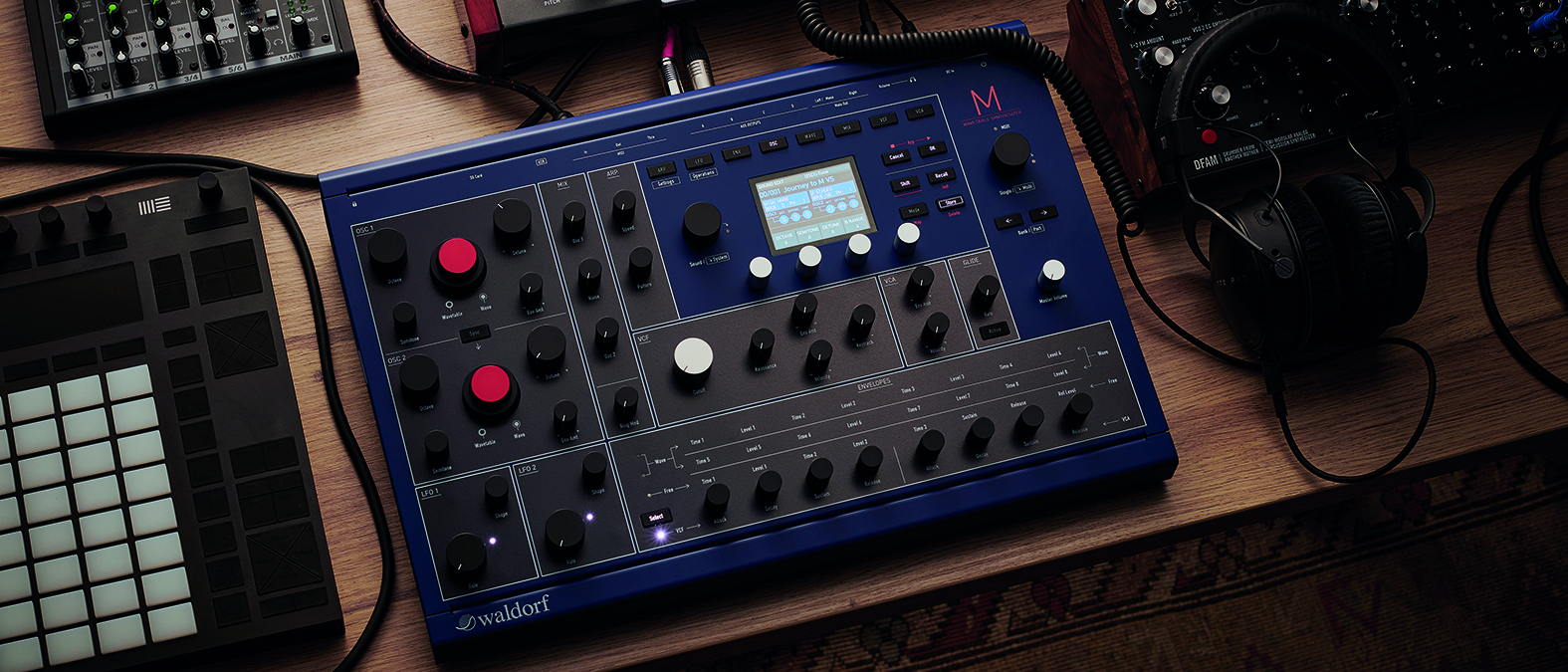MusicRadar Verdict
Sounds great and captures the full range of classic hybrid wavetable sounds (from smooth via glassy to downright gnarly).
Pros
- +
Two wavetable playback modes – Classic and Modern.
- +
Great-sounding analogue filters.
- +
Compatible with Microwave I SysEx band and sound transfer.
Cons
- -
Patch management could be better.
- -
Limited range of user wavetable import options compared to software.
- -
No built-in (analogue or digital) effects.
MusicRadar's got your back
Waldorf M: What is it?
Germany’s Waldorf has been around since the late 1980s, rising out of the ashes of Wolfgang Palm’s famed synth company PPG. PPG and Palm found success with their various ‘Wave’ synths which used the newly commercialised technique of wavetable synthesis.
The key concept behind this method of synthesis lies in the way in which the oscillators generate their sounds. Rather than having a conventional analogue oscillator with a range of basic waveform shapes (square, sawtooth etc), wavetable synthesisers use digital memory to store more complex single-cycle wave shapes that can then be filtered and modulated as usual. However, the way these complex forms are stored allows you to move between adjacent waveforms easily.
Sets of these waveforms are stored in a so-called ‘wavetable’, with the ability to adjust from where in the table these waveforms are accessed. Moving through the table results in progressive timbral changes – though it’s up to the user as to how this aspect is employed or controlled.
Wave of nostalgia
It’s this concept that sits at the core of Waldorf’s new M desktop synthesiser, and like PPG and earlier Waldorf systems, combines this with analogue amplifier and filter stages. This makes it a hybrid system (unlike later Waldorf synths such as the Blofeld and all plugins, which employ analogue modelling/DSP for the entirety of the virtual sound generation architecture).
Many aspects of M hark back to the first Waldorf Microwave – a popular rack-mounted synth introduced in 1989. Unlike the original Microwave, the M comes in desktop format with a knob-laden front panel and colour display.
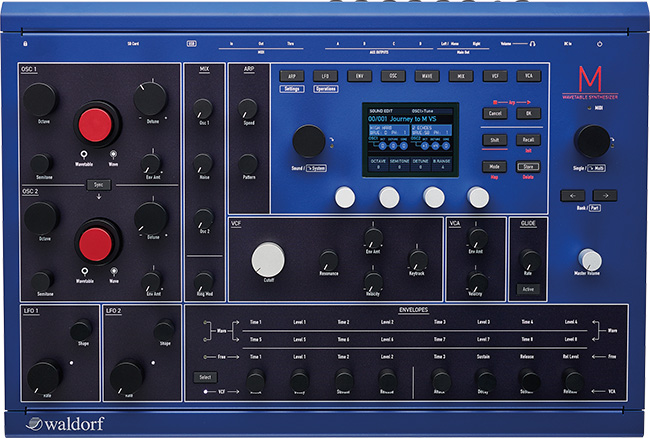
The unit itself is built into a very sturdy metal chassis, with clearly-labelled connectors along the rear. Here you’ll find the main stereo outputs – whose output is mirrored on the headphone output (with a level adjustable via a small rear-facing pot), and a set of four auxiliary stereo outputs (using TRS jacks). Control connectivity is handled via standard MIDI ports and USB 2.0.
You’ll also find an SD card socket; this card can be used for storing user wavetables and patches and facilitating firmware updates. The latter is a relatively straightforward procedure that involves copying two files to an SD card and following the relevant update instructions – a task we completed before taking a closer look at the synth.
Want all the hottest music and gear news, reviews, deals, features and more, direct to your inbox? Sign up here.

Waldorf M: Performance and verdict
Before getting into lower-level detail, it is worth discussing the general approach taken by Waldorf to accessing and editing parameters on the M. Most of the front panel controls relate to specific function (or sets of features), and any changes are indicated on the screen.
Above the screen are eight mode buttons for accessing further parameters related to each area of the synth (LFO, Envelope etc), and beneath the screen are four encoders that control the parameters shown at the bottom of each window. A single tap on any of these resets the current parameter to its default value. The screen itself certainly helps navigation, though on some screens the text is quite small, and perhaps more use might have been made of colour outside of the grey/bluish colour palette.
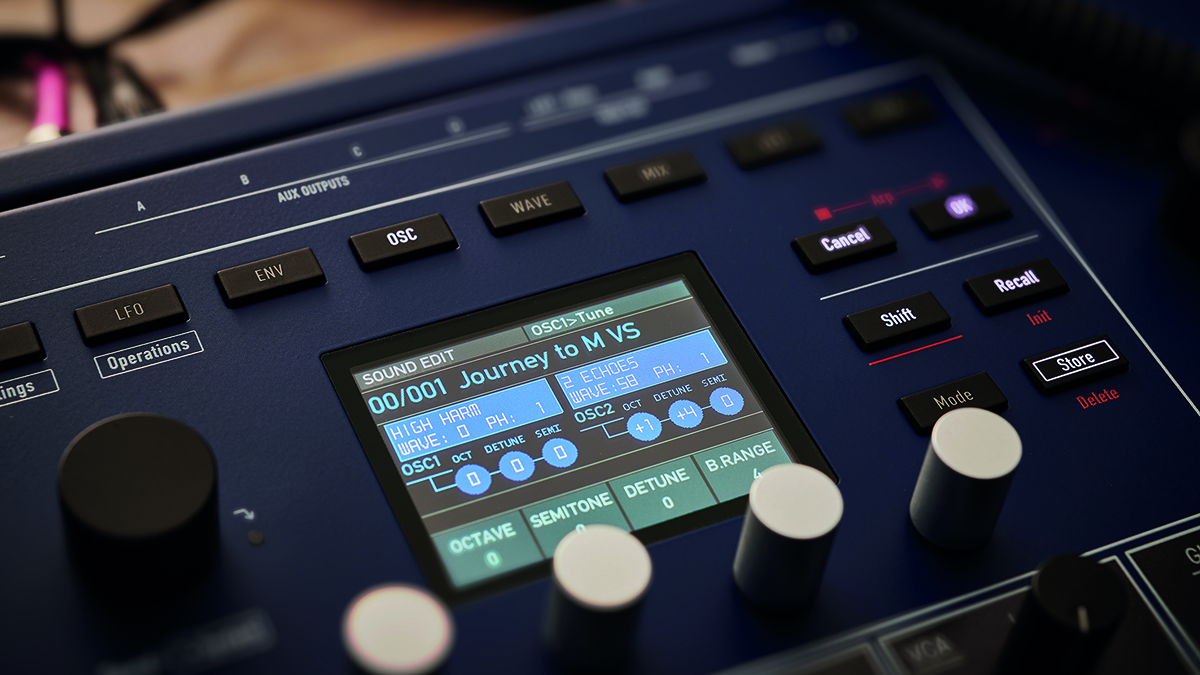
In terms of architecture, each voice – of which there are eight on the standard model – features two independent wavetable oscillators and a noise generator, which all then feed (via the mixer section) into an analogue filter (VCF) and then amplifier (VCA) sections. Besides the dedicated Filter, Amp and Wave envelopes there’s an additional freely assignable envelope and two LFOs.
The oscillators themselves take pride of place on the left side of the front-panel with their matching red knobs. The controls for each oscillator are similar, with the aforementioned red control for manually moving through the wavetable and a larger concentric control for selecting the wavetable itself. The rest of the controls in this section largely deal with tuning (octave, semitone, detune etc) plus the degree to which each oscillator’s wavetable position is modulated by the dedicated Wave Envelope.
Ex-users feeling misty-eyed can even load original soundbanks via SysEx
There are 96 factory wavetables that can be employed in each oscillator, but this doesn’t quite give the full picture in terms of raw sonics, as each sound program can make use of two different modes. Classic mode reduces playback to 8-bit and with no anti-aliasing, whilst Modern mode has a smoother higher-quality sound. Additionally, this mode allows you to engage the oscillator sync and ring modulation features. Classic mode is therefore much closer in sound to the original Microwave I.
Waldorf has even included the option to engage the so-called ASIC Mixing Bug from this synth, which introduced distortion if oscillator levels were set too high (and which was employed as a known sound-design trick for creating harsh sounds). Ex-users who might be feeling a tiny bit misty-eyed about their old Microwave I can even load original soundbanks via SysEx. Unfortunately, we couldn’t test ours against the M as it’s undergoing repair. A sign that we should upgrade and move on perhaps?
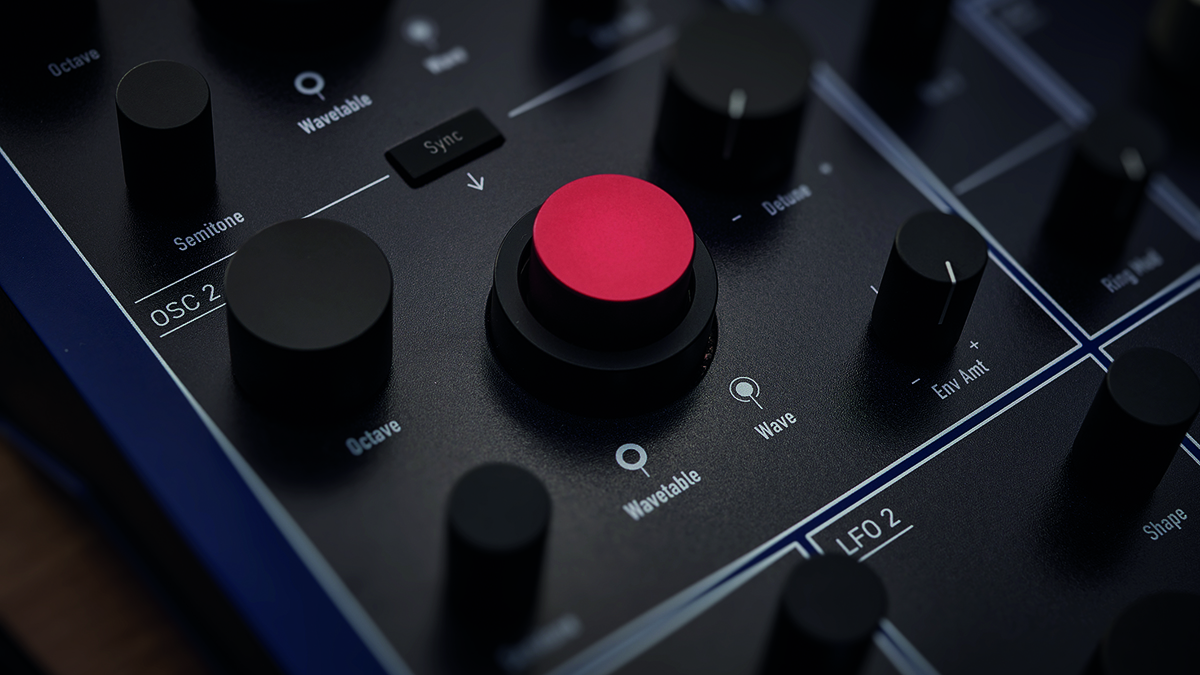
Getting creative
Those feeling more adventurous can load user-created wavetables, and there are 32 slots available for this purpose. Waldorf doesn’t provide any software for creating wavetables, and the manual is not exactly verbose on this front, but the unit expects user wavetable files to be in 8-bit sample format and to contain up to 256 waves.
We managed to download a few and – after the relatively slow import process – managed to use them in a few patches. We even loaded a renamed Word file, with audible, but gnarly-sounding results.
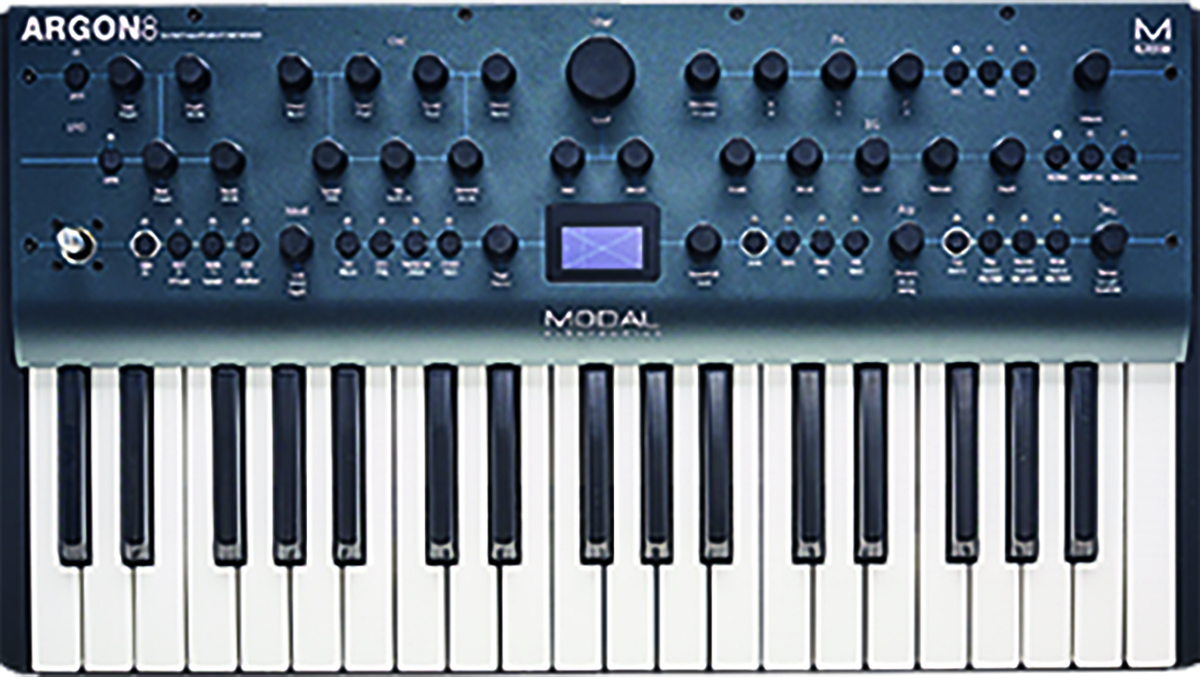
• Modal Argon 8M
An all-digital, 8-voice desktop wavetable synth with an impressive spec and free desktop editor/librarian app.
• Korg Modwave
Another DSP-only affair and, like the Argon, hosts up to four wavetables per voice. It has built-in effects and some very interesting modulation/sequencing options.
• Waldorf NW1
Modular fans can create their own hybrid wavetable monosynth by patching Waldorf’s NW1 module into an analogue filter and amp stages.
Besides the oscillators, much of a subtractive synth’s sound comes from the filter design it employs. The M uses an SSI 2144 resonant 24db/octave for each voice. This is a recent chip based around the circuitry of the classic SSM 2044 found in a host of classic synths (including the PPG Wave 2.2 and 2.3).
To get a sense of how it faired, we dialled up an analogue-style brass patch and the results were immediately impressive. Pushing the resonance up delivers a satisfying ‘squelch’, and ultimately self-oscillation, so a thumbs-up here. Final shaping is done by the (analogue) VCA section, which also deals with the panning of each voice.
All of the various sections that we’ve mentioned above have their own modulation/control sections where the two LFOs, envelopes and other sources such as velocity and the mod-wheel all play their part. The dedicated filter and amp envelopes are relatively conventional 4-stage ADSRs whereas the Wave Envelope and its freely-assignable partner use a loopable 8-stage level-time system. Needless to say, there are more than enough options here for most normal eventualities you’d encounter.
In terms of performance, the M also features a flexible arpeggiator and multi mode (where four parts can be played simultaneously) to create more complex layers or for independent control across different MIDI channels and outputs.
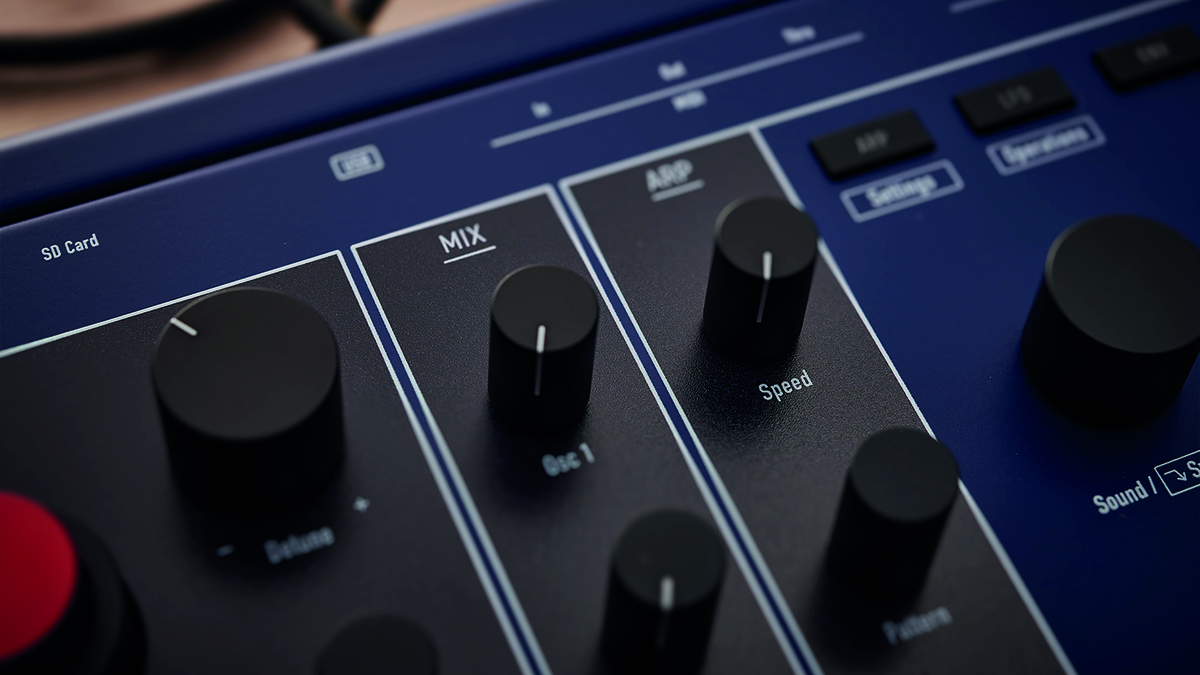
Salad days
Despite plentiful controls, detailed programming does require menu diving, though it is relatively straightforward and there are a huge number of presets to get you started. Patch management and loading could be aided with better use of the screen and the ability to categorise sounds – possibly something that an update could fix.
Waldorf has done a great job of revisiting the true analogue-digital hybrid technology that began with PPG and that it subsequently put into the original Microwave. There is certainly something special about the way in which the oscillators interact and subtle distortions and imperfections creep in as the sound makes its way through the analogue amps and filters.
Ardent (and wealthy) PPG purists will likely stick with their very expensive original units, but for the rest of us the M ticks most of the ‘classic hybrid wavetable’ boxes. It’s worth noting however that the second-hand price of Waldorf Microwave I is currently quite a bit lower than for a new M and that there are some areas where Waldorf might have considered a more forward-thinking approach. For example, the M has no built-in effects processing, and while it might not be the right place to add a cheap and cheerful reverb it might have been more adventurous and added a vintage-style analogue chorus or digital delay as a way of increasing its sonic reach (whilst still doffing its hat to ‘authenticity’).
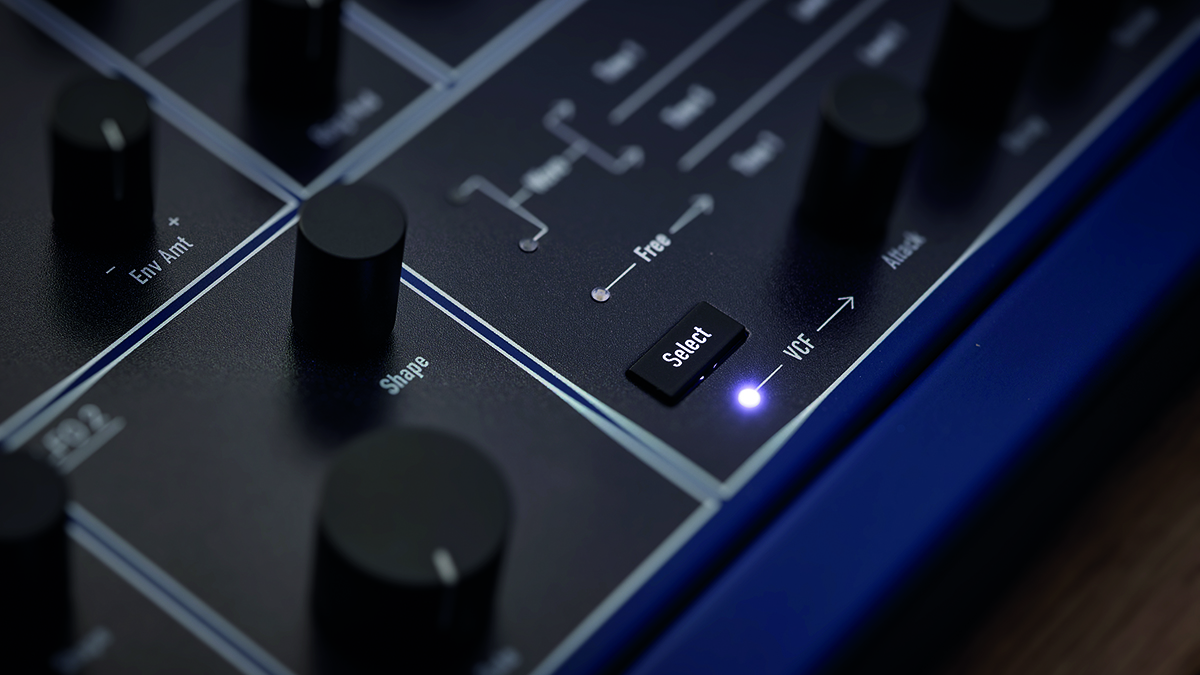
The Waldorf M is not cheap, and there is some stiff competition from all-digital wavetable synths from companies like Korg, Modal and software-based alternatives. However, for those out there who want the ultimate modern, yet authentically realised, take on this classic approach to synthesis, the M could well fit the bill perfectly.
MusicRadar verdict: Sounds great and captures the full range of classic hybrid wavetable sounds (from smooth via glassy to downright gnarly).
Waldforf M: Hands-on demos
Waldorf
Sense Music & Media
Starsky Carr
Waldorf M: Specifications
- 2 independent wavetables per voice.
- 96 Factory Wave-ables + 32 slots for User Wavetables.
- Analogue low-pass 24 dB/Oct filter with saturation.
- Analogue stereo VCA for each voice.
- 4 Envelope Generators (two loop-able) and 2 LFOs.
- Arpeggiator, 8-voice polyphony (16 voices with expansion board), 4-part multitimbral (4 parts can be assigned to 4 individual stereo outputs).
- CONTACT: Waldorf
